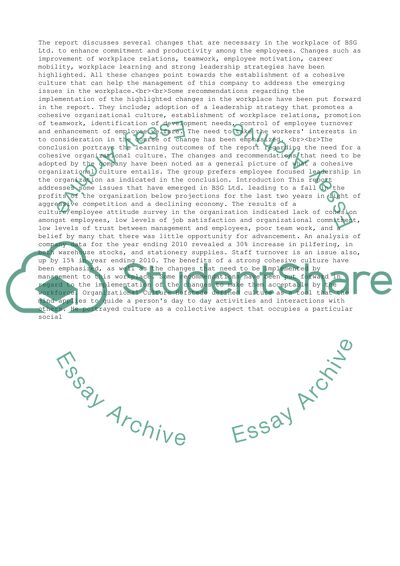Cite this document
(“The significance of a cohesive culture to organisational performance Essay”, n.d.)
Retrieved de https://studentshare.org/management/1391057-construct-a-case-study-report
Retrieved de https://studentshare.org/management/1391057-construct-a-case-study-report
(The Significance of a Cohesive Culture to Organisational Performance Essay)
https://studentshare.org/management/1391057-construct-a-case-study-report.
https://studentshare.org/management/1391057-construct-a-case-study-report.
“The Significance of a Cohesive Culture to Organisational Performance Essay”, n.d. https://studentshare.org/management/1391057-construct-a-case-study-report.


